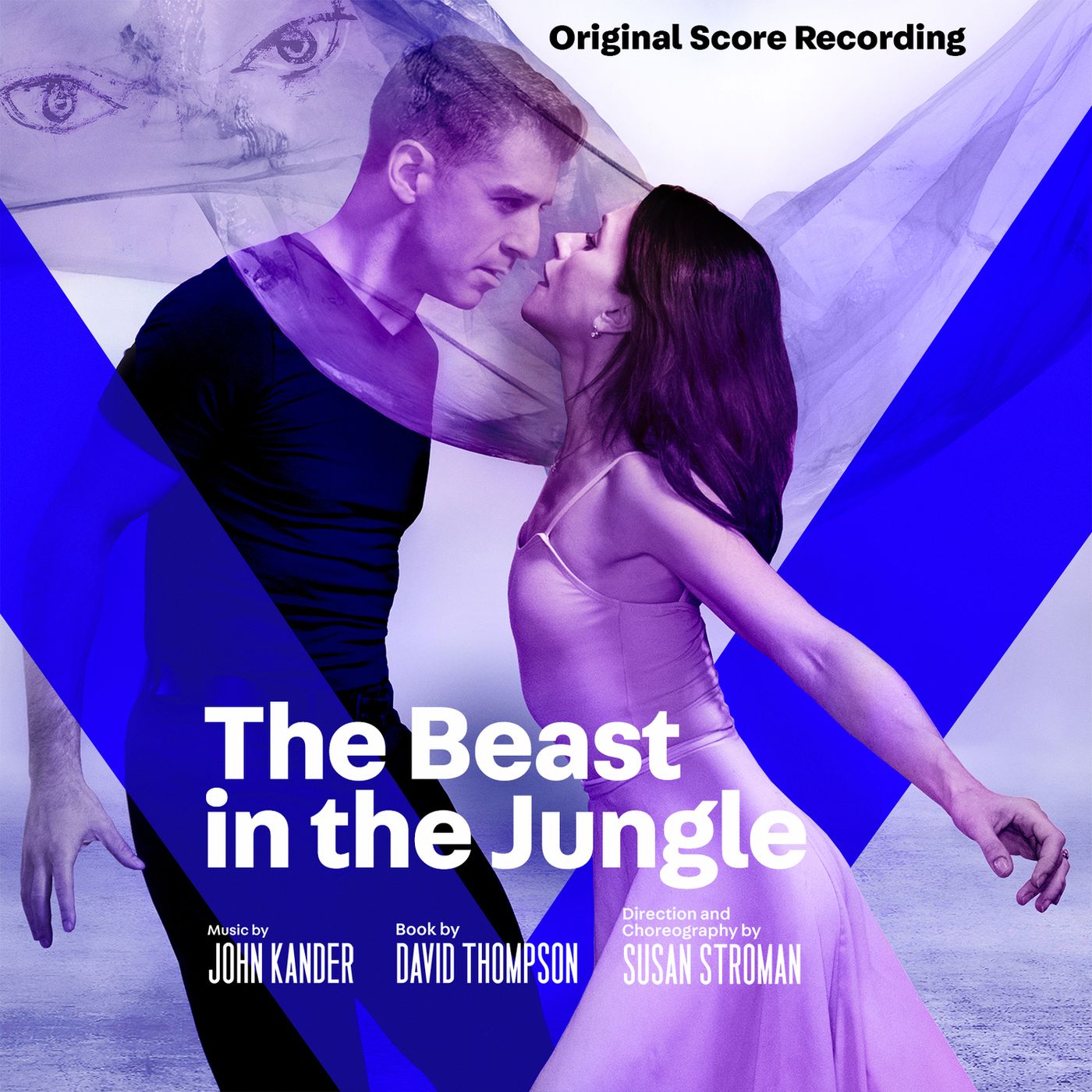BWW Album Review: An Instrumental Journey with THE BEAST IN THE JUNGLE Score Recording

The album for the new dance musical The Beast in the Jungle is not your typical cast recording. Actually, it's not a cast recording at all, but a score recording that's purely instrumental. Even though the lack of dialogue and character voices makes it a more challenging score to listen to out of context (as opposed to a typical "cast album"), it's a truly masterful and moving score in its own right.
Since the album is entirely instrumental, a little bit of background seems warranted. The Beast in the Jungle is a unique dance musical that debuted at the Vineyard Theatre, with a score by the legendary John Kander, a book by Tony nominee David Thompson, and direction and choreography by Susan Stroman. It's based on a Henry James novella about a man (played by Tony Yazbeck and by Peter Friedman as an older man) who continually sabotages his own chances at happiness, even as his life keeps intersecting with an enchanting woman (former American Ballet Theatre principal dancer Irina Dvorovenko).
Yazbeck is generally known as one of the most charismatic performers working in theatre today, but in this cast album, we can only imagine his and Dvorovenko's interactions, as we never hear their voices. Instead, Kander's glorious music is in the spotlight alone. Which, listeners will soon realize, is not a bad thing at all.
The "Prelude" that opens the album immediately tells us what's ahead. It's a very beautiful, slightly haunting sound that immediately conjures up the image of contemporary dancers telling a story to it. It's classic Kander, packing so much rise and fall and moods into a single piece of music. The subsequent track, which shares its title with the musical itself, is decidedly less abstract and has a much more driving feel to it, as if we're finally picking up with "the good stuff."
There's an awful lot of waltzes in this album, and at times, they can get a bit repetitive. Two of the earliest piece are the best of the bunch. "Palazzo Waltz" starts out feeling almost like a music box before picking up in energy. A few tracks later, "Seashore Waltz" is utterly charming, with an almost Italian feel to its light, bright sound. However, as the album goes on, the constant barrage of three-four or six-eight time gets just a hint repetitive, despite the varying colors within the tracks themselves.
As you might imagine (it is based on a Henry James story, after all), things get a little less cheerful as the story goes on. The "Matisse" theme repeats three times throughout the album, getting a bit more melancholy with each reprise but never quite losing the lovely, oddly hopeful underpinnings. And "Marcher and the Beast" is a totally different sound from the rest of the album - it's harsh and jazzy, and even in the waltz-time segments, you can hear the conflict and turmoil clearly. This score recording asks more of its listeners and takes them on a journey that's less literal and much more deeply emotional.
Reader Reviews
Videos

